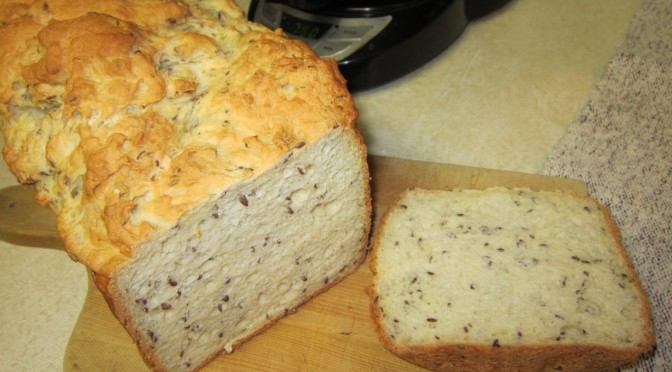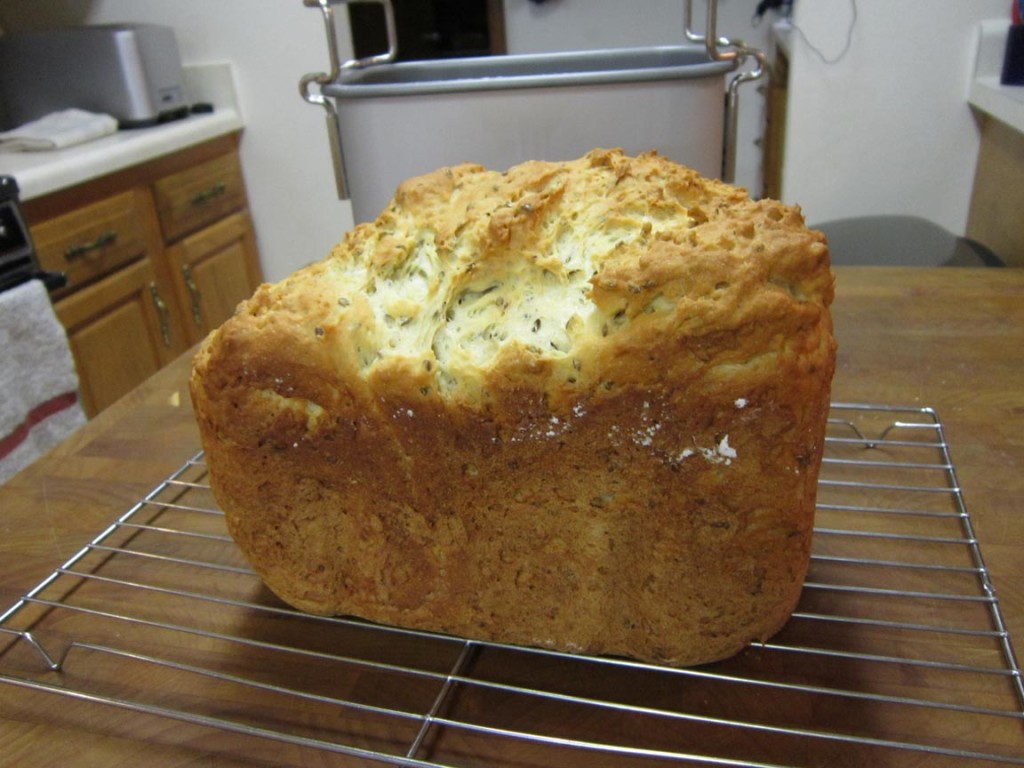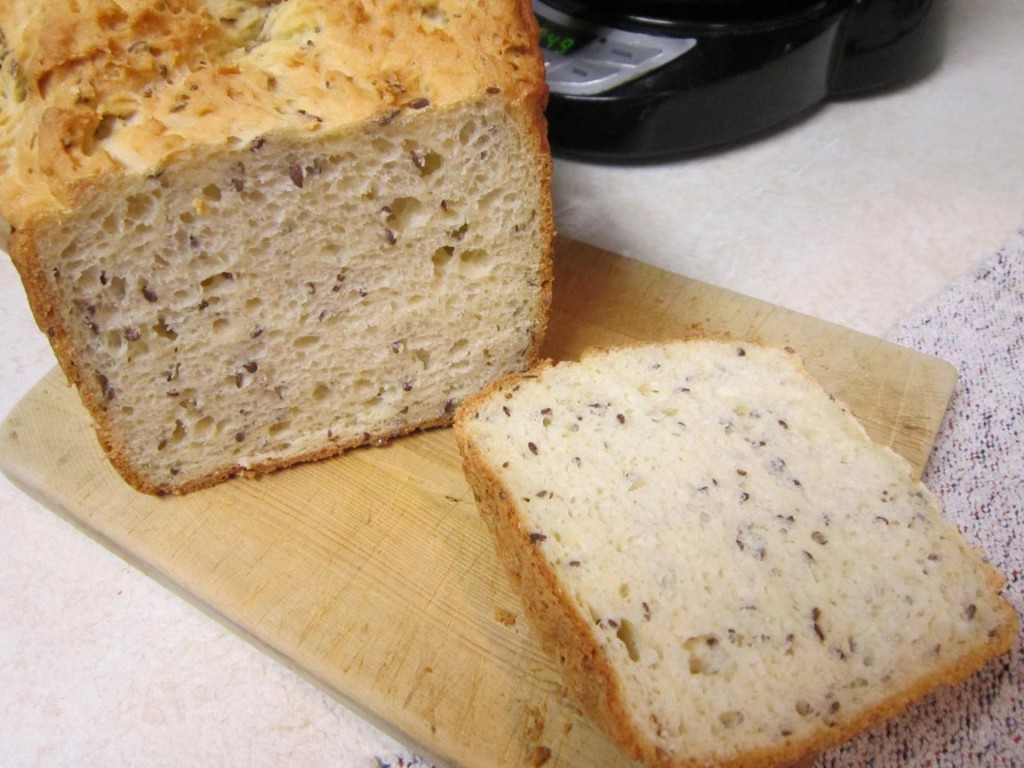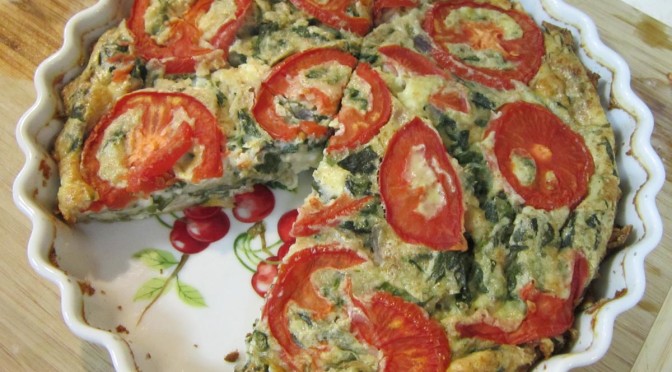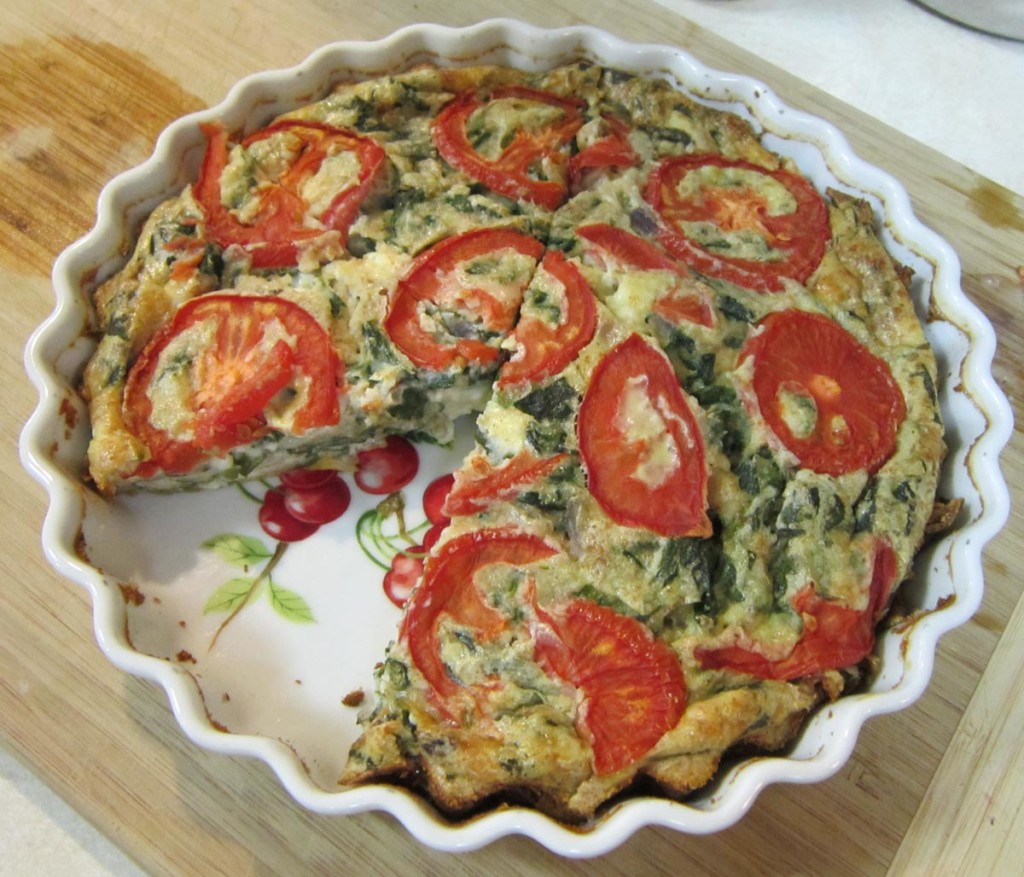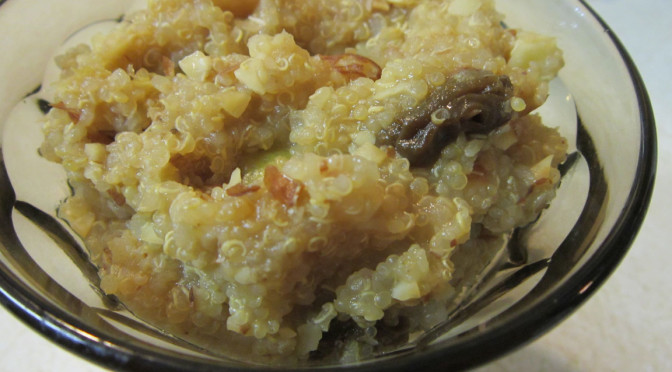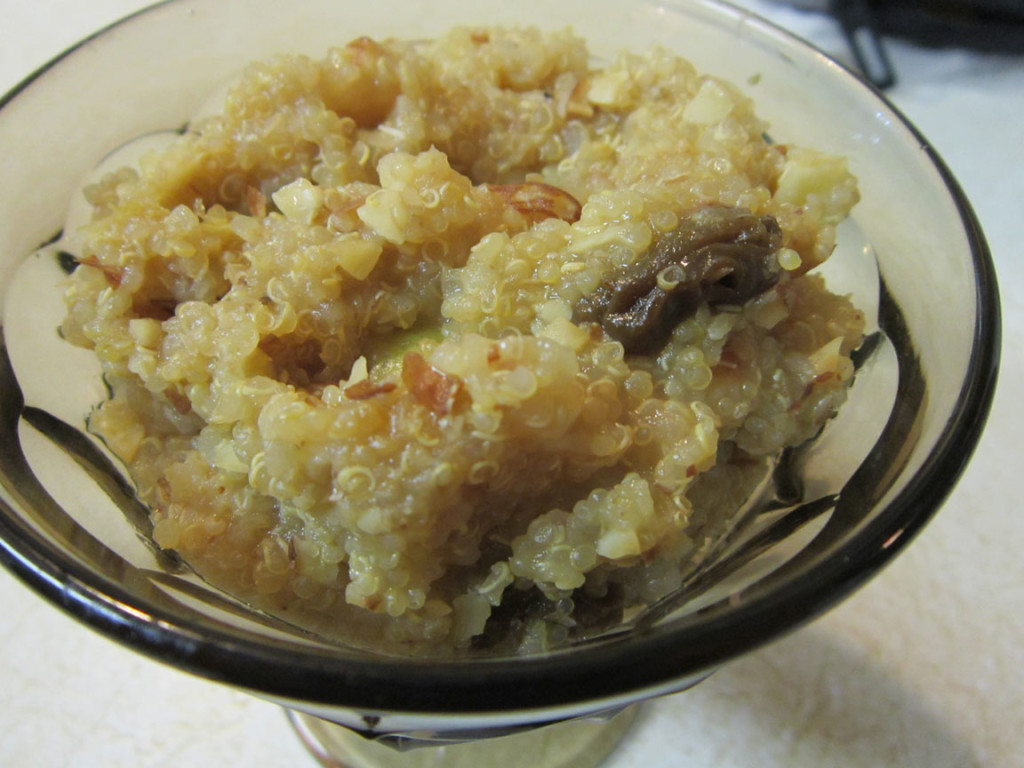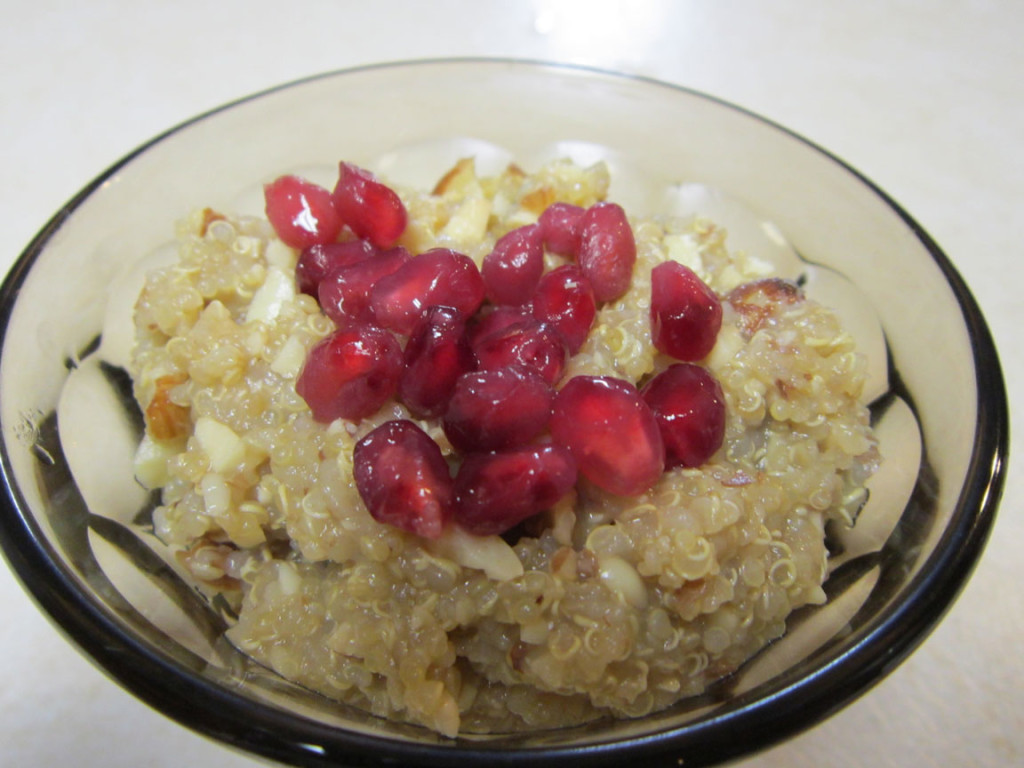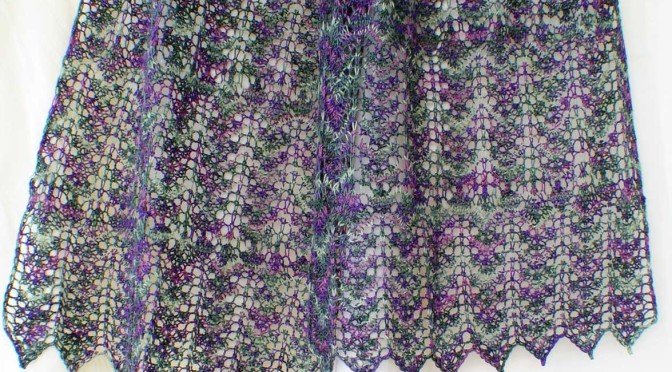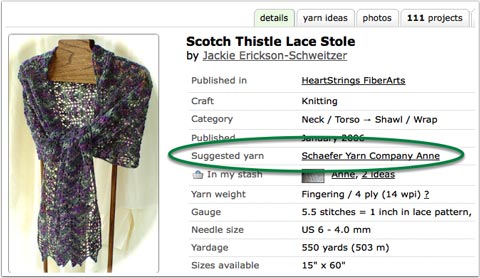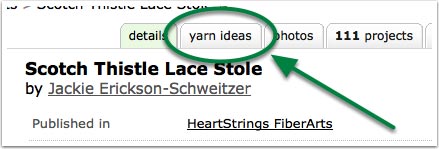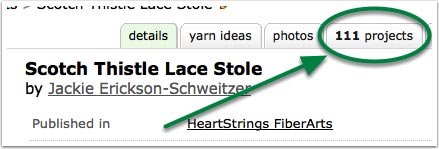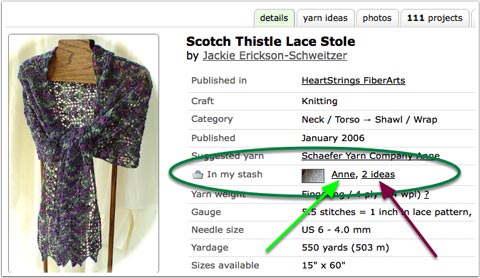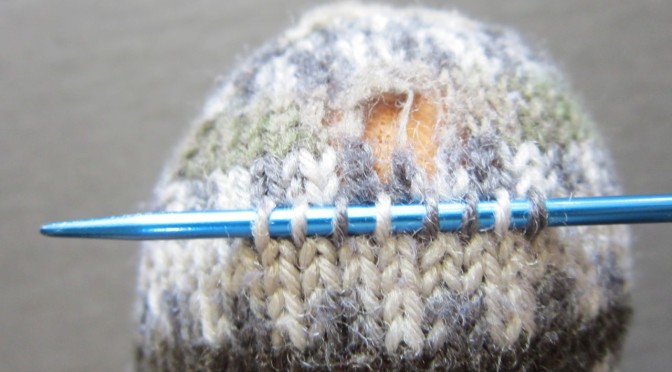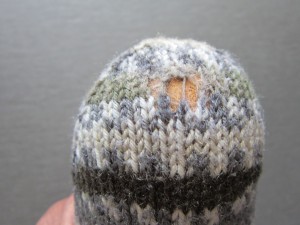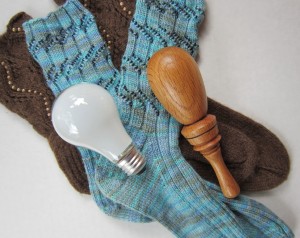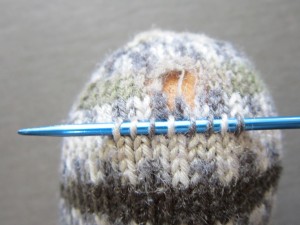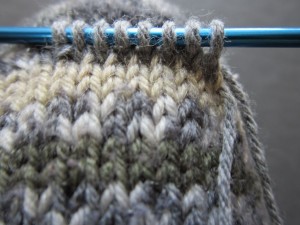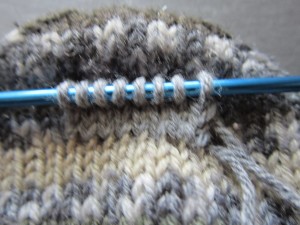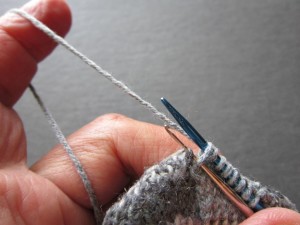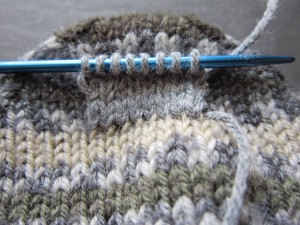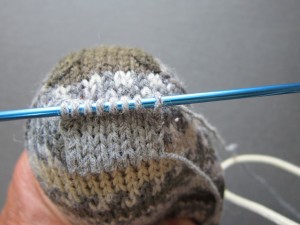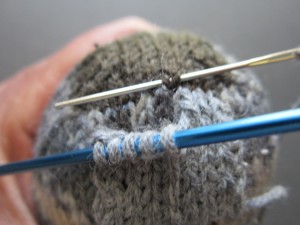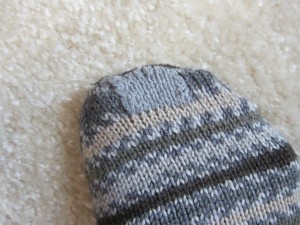One of the new kitchen toys I got this past winter was a Zojirushi bread maker. The model is called Home Bakery Virtuoso.
Among many other bells and whistles, this bread maker has a Gluten Free cycle. Baking gluten free is a relatively new thing for me. I don’t have celiac disease, nor am I even gluten intolerant as far as I know, but I just have had it in my mind to have more variety in my breads, etc. So I’ve been trying out alternative types of flours, baking methods etc. It has been an enjoyable learning experience for me.
My first attempt at using one of the recipes (called “Gluten Free Brown Rice Bread”) was quite a failure although I eventually ate all the evidence, lol. The center collapsed horribly; the texture was too dense and wet, and yet the bread would crumble when attempting to slice. In further reviewing what I had done, I attribute that failure to operator error (I later took the time to look at the DVD videos that came with the bread maker and realized that I should have scraped down the sides partway thru the cycle) and too many substitutions (I was trying to just use what I had available or could easily get at local stores).
My next attempt used another recipe in the booklet called “Gluten Free Flaxseed Bread”. Because of my inexperience and previous failure, I decided to follow the recipe exactly for this one. It turned out very well as far as taste went and well enough in texture (although far from perfect), to want to try it again.
With a few revisions to the recipe in my most recent attempt, this time the bread was nearly perfect for my liking. Good rise, golden crust, good texture (uniform crumb and sliced well) and a deliciously satisfying taste.
For those who have been asking, here is the ingredients list I used. Recording this information here will also help me remember what I did so I can make it again, too!
Gluten Free Flaxseed Bread ingredients list
1-2/3 cups cultured milk (I used homemade kefir milk)
3 large eggs
3 tablespoons flax oil
3 tablespoons honey
1-1/2 cups brown rice flour
1-1/3 cups potato starch
1 cup tapioca starch
1 tablespoon xanthan gum
1-1/2 teaspoon salt
1/3 cup golden flax seed
1 tablespoon active dry yeast
Notes on Method
The night before (or 8 – 12 hours):
mix cultured milk and rice flour in a bowl, cover with towel and leave to soak on countertop.
The day of:
In separate bowl, beat eggs, then mix in flax oil and honey.
In yet another bowl, add remaining ingredients except yeast, and whisk together.
Into bread maker pan, pour egg mixture, then soaked rice flour on top of that, then the mixture of dry ingredients on top of that.
Make a slight indentation into the dry ingredients, and sprinkle in active dry yeast. (the yeast should not come in contact with any of the wet ingredients)
To bake:
Set bread maker menu to Gluten Free Course and Dark Crust settings.
Press Start on the bread maker. Follow suggestions in bread maker instructions for scraping down sides of pan when the “add in’s” beep sounds (or just after the initial mixing and before the first rise).
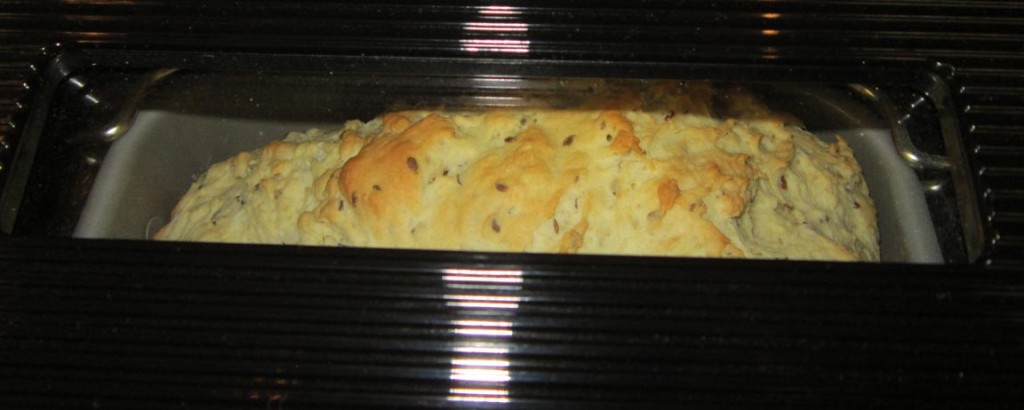
In 2-1/4 hours, you’ll have a beautiful loaf of gluten free bread like this. 🙂
Other methods of making
Sorry, but I can’t really be of help on this right now if you have another type of bread maker or no bread machine at all. I’ll be interested to hear from you if you have suggestions, or even favorite gluten free bread recipes you’d like to share.
Zojirushi BB-PAC20 Home Bakery Virtuoso Breadmaker with Gluten Free Menu setting

